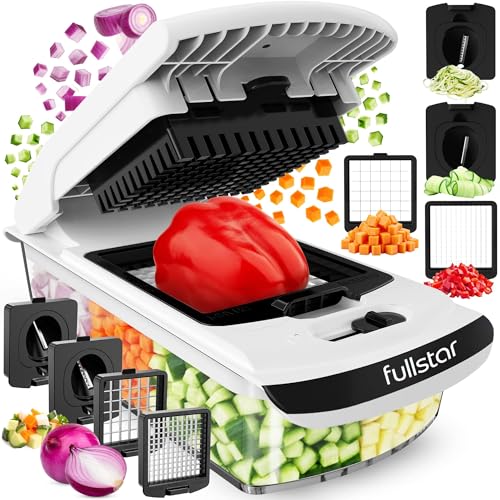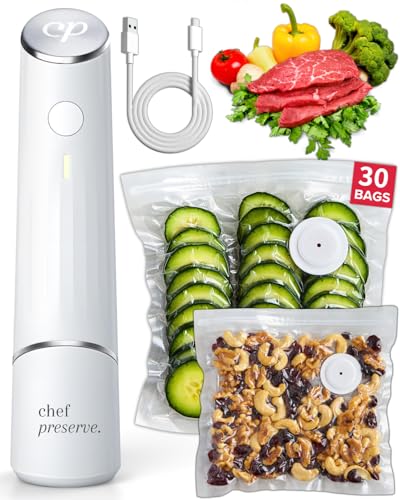Incorporate Interactive Games
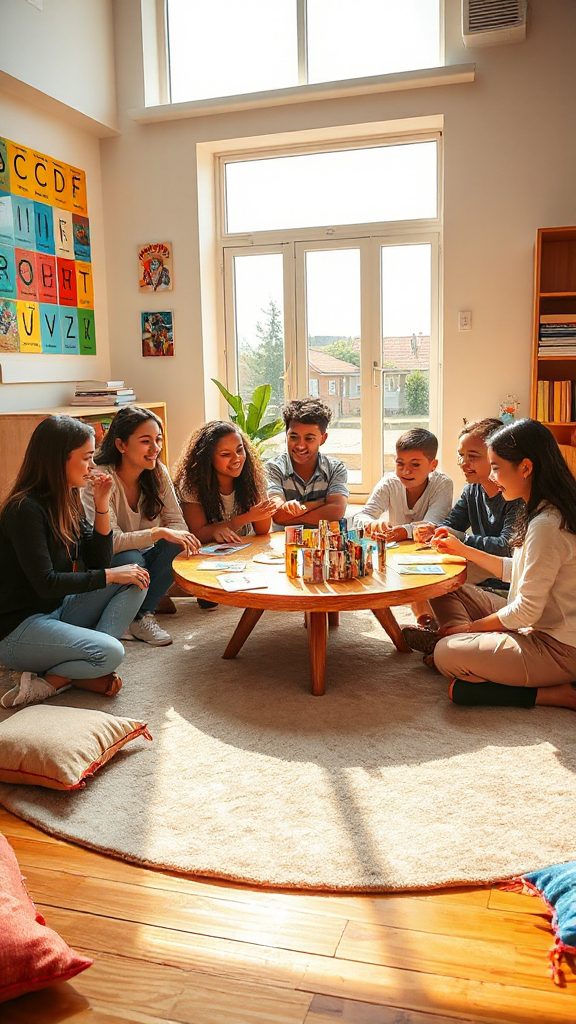
Cooking up an engaging language class with interactive games is like preparing a vibrant dish that tantalizes the mind and nurtures learning. This recipe is designed to blend fun with education, creating an environment where multilingual minds can thrive through play. By incorporating various interactive games into your language lessons, you’ll not only enhance language acquisition but also keep students energized and motivated.
| Ingredients | Quantity |
|---|---|
| Language-specific games | 3-5 games |
| Classroom space | 1 room |
| Props (flashcards, tokens) | Varies |
| Timer | 1 |
| Student engagement techniques | As needed |
| Snacks (optional) | For 10-15 students |
Cooking Instructions:
- Prep the Classroom: Set up your classroom space to allow for movement. Arrange chairs and tables to create designated areas for each game.
- Select Games: Choose 3-5 interactive language games that focus on vocabulary, grammar, or conversation skills. Examples include charades, word bingo, or language scavenger hunts.
- Gather Materials: Prepare any necessary props or materials, such as flashcards, tokens, or printed game boards, guaranteeing there are enough for all students.
- Explain Rules: Before starting each game, clearly explain the rules and objectives to the students to make sure everyone understands.
- Set the Timer: For timed games, set a timer to keep the energy high and maintain the pace throughout the lesson.
- Serve and Play: Engage students in the games, encouraging participation and collaboration as they practice their language skills while having fun.
- Debrief and Snack: After playing, gather the students to discuss what they learned and enjoy some snacks to celebrate their efforts and achievements.
Enjoy your language class filled with interactive games for a recipe that spices up learning and leaves everyone wanting more!
- The Original Pro Chopper - Our superstar veggie slicer has been creating waves on TikTok! Simple to use,...
- Easy Meal Prep with Rust-Resistant Blades - Our vegetable chopper is perfect for anyone who wants to eat...
- 5-Star Design - The soft-grip TPU handle ensures controlled chopping, while the non-skid rubber base...
Use Multimedia Resources

Creating a multilingual language class with multimedia resources is like crafting a visually appealing dish that nourishes curiosity and understanding. This recipe is designed to incorporate various forms of media—such as videos, audio clips, and digital tools—into language lessons. By engaging multiple senses through multimedia, you’ll captivate your students and deepen their language skills while making the learning environment dynamic and stimulating.
| Ingredients | Quantity |
|---|---|
| Video clips (short films, cartoons) | 2-3 clips |
| Audio resources (songs, podcasts) | 2-3 resources |
| Digital tools (apps, online platforms) | 1-2 tools |
| Projector or screen | 1 |
| Speakers for audio | 1 set |
| Discussion questions | As needed |
| Student participation strategies | As needed |
Cooking Instructions:
- Prepare Your Environment: Arrange the classroom to utilize a projector or screen for visual resources and guarantee audio equipment is set up for clarity.
- Select Multimedia Resources: Choose 2-3 video clips and 2-3 audio resources that align with your lesson’s theme, guaranteeing they are age-appropriate and relevant to the language topics being discussed.
- Introduce Content: Begin the lesson by presenting the multimedia resources to the students, guiding them to pay attention to key vocabulary and themes.
- Facilitate Discussion: After each resource, engage students with discussion questions, prompting them to share their thoughts and connections to the language material.
- Incorporate Digital Tools: Introduce one or two digital tools, such as language learning apps, encouraging students to explore interactive exercises that reinforce the lesson content.
- Wrap Up: Conclude the lesson by reviewing what was learned through the multimedia resources and encouraging students to share any additional thoughts or insights.
Enjoy this flavorful blend of multimedia resources that enriches your language class experience, making learning more vivid and impactful!
- Makes Everything Simple : Just forget your bagged cheese! Only turn the handle for several times and get...
- Premium Material : All parts of the rotary cheese grater are made of food grade ABS material, no BPA. The...
- Three Option Grater : The parmesan cheese grater finishes food preparation with slicing, shredding and...
Foster Collaborative Learning

Fostering collaborative learning in a multilingual language class is akin to making a hearty stew—each ingredient adds flavor and substance, and when combined, they create a nourishing experience for students. This recipe aims to promote teamwork and communication, allowing learners to interact, share ideas, and support each other as they explore deeper into their language studies. By incorporating group activities and cooperative tasks, you will create an engaging and productive environment where students feel comfortable expressing themselves in a supportive setting.
| Ingredients | Quantity |
|---|---|
| Group activities | 2-3 activities |
| Language tasks | 2-3 tasks |
| Collaborative tools | 1-2 tools |
| Whiteboard or flipchart | 1 |
| Markers or writing utensils | As needed |
| Feedback forms | As needed |
| Student roles | As needed |
Cooking Instructions:
- Prepare the Classroom: Organize the space to facilitate group work, ensuring there are enough materials and tools for collaboration.
- Select Group Activities: Choose 2-3 engaging group activities that encourage language use and interaction, ensuring they align with the lesson objectives.
- Assign Language Tasks: Distribute 2-3 language-focused tasks among the groups, encouraging them to work together to complete and present their findings.
- Utilize Collaborative Tools: Introduce 1-2 digital or physical collaborative tools (such as shared documents or presentation boards) that support teamwork and communication.
- Encourage Feedback: Allow time for groups to present their work, and use feedback forms to facilitate constructive peer evaluation.
- Reflect on Collaboration: Conclude by discussing what worked well during the collaborative tasks and how students can improve in future collaborative endeavors.
This collaborative learning stew will enrich your multilingual classroom, fostering an atmosphere of cooperation and mutual support!
- 💰 REDUCE WASTE AND SAVE MONEY: Chef Preserve keeps FOOD FRESH 5 TIMES LONGER than non-vacuum storage...
- ✅ POWERFUL, QUICK & EASY TO USE: Simply press the button to start. The device vacuum seals a bag in 5...
- ♻️ REUSABLE & RESEALABLE BAGS: Chef Preserve comes with dishwasher, freezer, refrigerator, and...
Create Cultural Exchange Projects
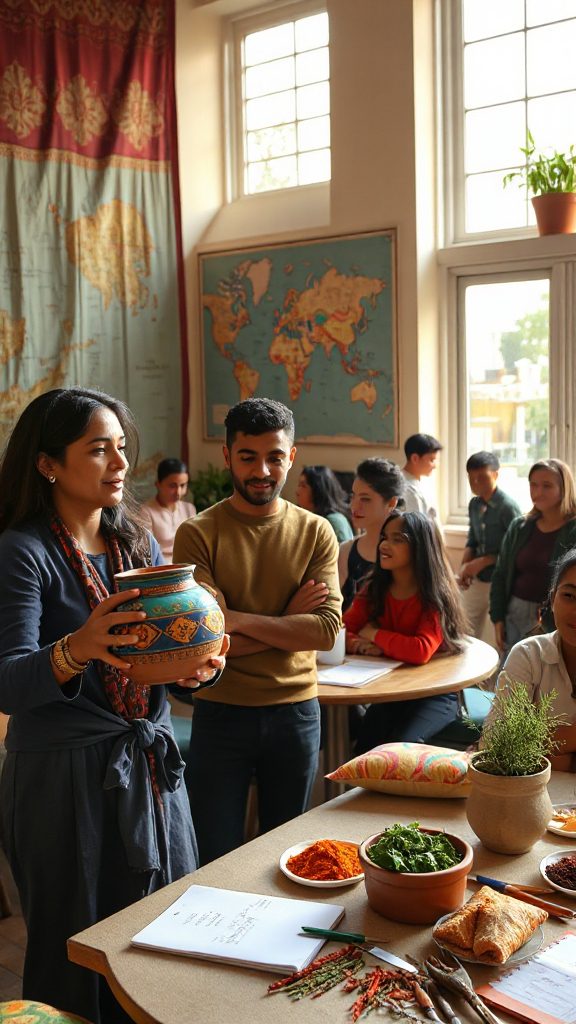
Creating cultural exchange projects in a multilingual classroom is like crafting a vibrant salad—each ingredient introduces unique textures and flavors, representing diverse cultures and languages. The aim is to mix these elements beautifully to encourage students to learn from one another, enhance their language skills, and cultivate global citizenship. This project invites students to share their cultural backgrounds through presentations, activities, and discussions, promoting an enriching dialogue that celebrates diversity.
| Ingredients | Quantity |
|---|---|
| Cultural artifacts or materials | 3-5 per student |
| Presentation tools (posters, slides) | 1 per group |
| Research resources (books, websites) | 2-3 sources |
| Group members | 3-5 per project |
| Language sharing sessions | 1-2 per project |
| Feedback forms | As needed |
| Reflection journals | 1 per student |
Cooking Instructions:
- Select Cultures: Each group selects a culture or country to research, ensuring a diverse representation in the classroom.
- Gather Materials: Students collect cultural artifacts and resources related to their chosen culture, including language materials, traditional foods, and more.
- Create Presentations: Using their gathered resources, each group prepares a creative presentation that highlights key aspects of their culture to share with the class.
- Conduct Sharing Sessions: Schedule presentations where groups share their findings, allowing time for Q&A and discussion to encourage interaction.
- Encourage Reflection: After presentations, students complete reflection journals discussing what they learned and how the cultural exchange affected their understanding of language and culture.
- Provide Feedback: Distribute feedback forms for students to express thoughts on the presentations and suggest improvements for future projects.
This cultural exchange salad will nourish the minds of multilingual learners, fostering appreciation, understanding, and collaboration!
- Generous Capacity: 7-quart slow cooker that comfortably serves 9+ people or fits a 7-pound roast
- Cooking Flexibility: High or low slow cooking settings, with convenient warm function for ideal serving...
- Convenient: Set it and forget it feature enables you to cook while at work or performing daily tasks
Utilize Technology and Apps

In today’s tech-savvy world, utilizing technology and apps in the multilingual classroom can be compared to making a well-balanced smoothie—each ingredient adds its own health benefits, creating a nourishing blend that promotes language acquisition and collaboration. By incorporating various digital tools, educators can enhance student engagement, support diverse learning needs, and foster connections across different languages and cultures.
| Ingredients | Quantity |
|---|---|
| Language learning apps | 3-5 per student |
| Interactive websites | 2-3 recommended |
| Presentation software | 1 per group |
| Video conferencing tools | As needed |
| Online cultural exchange platforms | 1-2 per project |
| Feedback tools | As needed |
| Devices (tablets, computers) | 1 per student/group |
Cooking Instructions:
- Select Apps and Tools: Each student or group researches and selects language learning apps that align with their learning objectives and cultural topics.
- Create Interactive Content: Students use presentation software to design engaging slides or videos that incorporate the chosen apps or digital resources.
- Schedule Virtual Exchanges: Utilize video conferencing tools to connect with other multilingual classrooms or cultural organizations for live discussions and exchange.
- Encourage Collaboration: Facilitate online group projects through collaborative apps where students can work together, sharing ideas and language skills.
- Provide Feedback: After each activity, students can use feedback tools to evaluate their experiences and suggest improvements for future tech integration.
- Reflect and Adapt: Encourage students to reflect on their use of technology in their learning process and consider how it impacts their understanding of cultures and languages.
This technology-driven smoothie will energize the minds of multilingual learners, creating an invigorating blend of knowledge, connection, and creativity!
- 100% Leak-proof: Guaranteed no-spill seal and secure latches
- Crystal-clear Tritan Built: Stain-resistant and odor-resistant material for a clear view of contents
- Lightweight & Sturdy: Easy to carry, yet durable for everyday use
Implement Role-Playing Activities
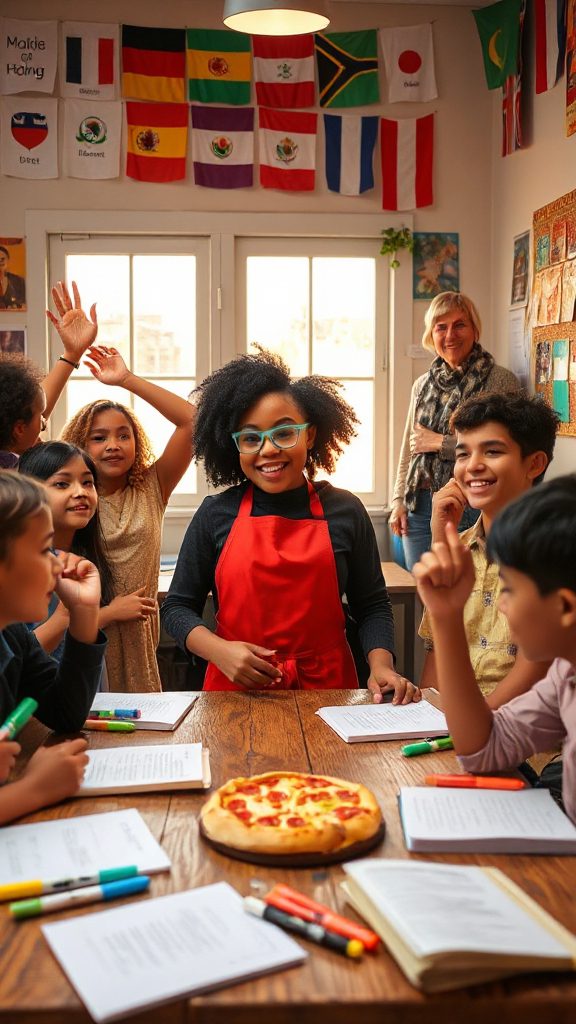
Role-playing activities are a dynamic and engaging way to immerse students in real-life scenarios that require them to use their language skills actively. This interactive language experience encourages students to step into different roles, enhancing their understanding of cultural contexts, vocabulary, and conversational skills. By acting out various situations, learners not only gain confidence in speaking but also develop empathy and collaboration skills.
| Ingredients | Quantity |
|---|---|
| Scenarios (custom scripts) | 3-5 per class |
| Props (costumes, objects) | As needed |
| Character roles | 2-4 per group |
| Language resources (dictionaries, phrasebooks) | 1 per group |
| Feedback forms | 1 per student |
| Reflection journals | 1 per student |
Cooking Instructions:
- Choose Scenarios: Select a variety of real-life scenarios that are relevant to the language being learned, ensuring they cover different cultural contexts.
- Assign Roles: Divide students into small groups and assign each member a character role within the chosen scenario.
- Prepare Props: Gather props or costumes that students can use to enhance their role-playing experience and make it more immersive.
- Practice Dialogues: Allow time for students to practice their lines and develop their character’s backstory, using language resources as needed.
- Perform Role-Plays: Have each group present their role-play in front of the class, encouraging students to engage with their peers’ performances.
- Provide Feedback: After each performance, distribute feedback forms for students to reflect on their own and their peers’ language use and performance.
- Reflect in Journals: Encourage students to write in their reflection journals about their experiences, focusing on what they learned through the role-playing activity and how it might improve their language skills.
This recipe for role-playing activities will create an exciting and enriching environment that stimulates multilingual minds and fosters an appreciation for diverse languages and cultures.
- 𝗘𝗳𝗳𝗼𝗿𝘁𝗹𝗲𝘀𝘀 𝗪𝗲𝗶𝗴𝗵𝗶𝗻𝗴: Supports 5 units...
- 𝗣𝗿𝗲𝗰𝗶𝘀𝗲 𝗥𝗲𝘀𝘂𝗹𝘁𝘀: Accurately weighs up to 11 lb/5 kg with 1 g...
- 𝗦𝗶𝗺𝗽𝗹𝗲 & 𝗖𝗼𝗺𝗽𝗮𝗰𝘁: The small and sleek scale is a perfect fit for...
Organize Thematic Language Days
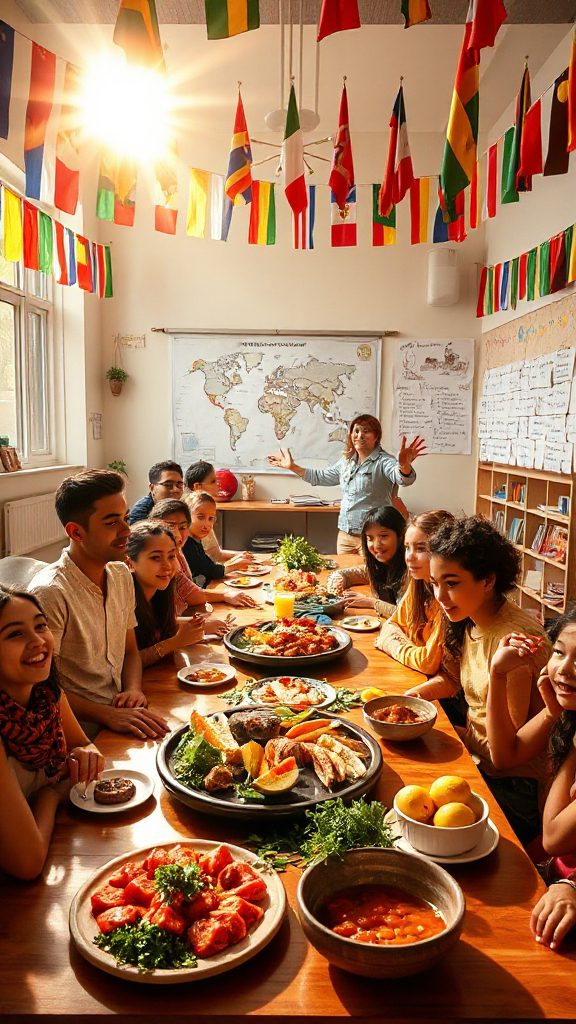
Thematic language days are an innovative and immersive way to celebrate the richness of multilingualism in the classroom. This dish encourages students to investigate specific themes related to the target language, allowing them to explore cultural aspects, traditions, and vocabulary in a festive and interactive setting. By embracing a particular theme, learners not only enhance their language skills but also foster a greater appreciation for the cultures associated with that language.
| Ingredients | Quantity |
|---|---|
| Themes (cultural, historical, festive) | 2-4 per month |
| Decoration materials | As needed |
| Thematic activities | 3-5 per theme |
| Snacks/Food related to theme | 1 type per theme |
| Language resources (books, articles) | 1-2 per theme |
| Volunteer speakers (native speakers) | 1-2 per theme |
Cooking Instructions:
- Select Themes: Identify engaging themes that align with the target language’s culture, history, or festivities, ensuring they resonate with students’ interests.
- Plan Activities: Design thematic activities that promote language use, including games, discussions, and crafts that tie back to the selected theme.
- Decorate: Create an inviting atmosphere by decorating the classroom according to the theme, enhancing the overall experience and immersion.
- Prepare Themed Snacks: Offer food items related to the theme, providing a sensory experience that complements the language learning process.
- Incorporate Language Resources: Distribute language resources that align with the theme, encouraging students to explore and use relevant vocabulary.
- Invite Speakers: If possible, invite native speakers or cultural representatives to share insights and personal experiences related to the theme, enriching the learning experience.
- Reflect on the Day: At the end of the thematic day, gather students for a reflective discussion or journal entry to share what they learned and enjoyed, reinforcing their language acquisition and cultural appreciation.
This recipe for organizing thematic language days will bring vibrancy and excitement to the language classroom, motivating students to express themselves and explore diverse linguistic landscapes.
- Instant Read Food Thermometer | Our instant read thermometer features a temperature probe and advanced,...
- Multi-Use | From bbq thermometer to baking thermometer, our digital food thermometer for cooking is...
- Easy-Read Digital Thermometer For Cooking | Large instant thermometer dial with bright blue backlight...
Explore Storytelling Techniques

Incorporating storytelling techniques into language learning can serve as a powerful dish that nourishes creativity, engagement, and linguistic skills among multilingual minds. By harnessing the art of storytelling, students can improve their speaking and writing abilities, enhance their comprehension, and build confidence in using the target language. This dish facilitates an enchanting environment where learners can weave narratives while discovering cultural nuances and vocabulary.
| Ingredients | Quantity |
|---|---|
| Story themes (personal tales, fables, myths) | 2-3 per month |
| Storytelling resources (books, videos) | 1-2 per theme |
| Creative tools (art supplies, props) | As needed |
| Language prompts | 5 per theme |
| Group discussion time | 30 minutes per session |
| Reflection materials (journals, papers) | 1 per student per session |
Cooking Instructions:
- Select Story Themes: Choose themes that resonate with students’ experiences and interests to encourage personal connections and cultural exploration.
- Gather Resources: Assemble storytelling materials such as books, videos, and other media that illustrate different storytelling styles and techniques.
- Create a Storytelling Environment: Set up the classroom with creative tools like art supplies and props to inspire students’ storytelling efforts.
- Provide Language Prompts: Offer prompts that guide students in creating their own narratives, stimulating their creativity while focusing on vocabulary and grammar.
- Facilitate Group Discussions: Allow time for students to share their stories in small groups, promoting listening skills and peer learning.
- Encourage Reflection: After storytelling sessions, have students reflect on their experience by writing in their journals, emphasizing what they learned and how they can improve their storytelling skills in the future.
This recipe for exploring storytelling techniques will cultivate an engaging learning environment, enriching students’ language journeys and fostering a love for sharing narratives.
- Versatile 54-Piece Collection: Elevate your kitchen with the Home Hero 54-Piece Kitchen Utensil Set, a...
- Durable and Long-Lasting: Crafted from premium stainless steel, these kitchen utensils are designed to...
- Perfect Holiday Gift: Delight your loved ones with this kitchen utensils gift set this festive season....
Encourage Language Journals

Encourage Language Journals
Language journals are a nourishing dish for multilingual minds, enhancing reflective practice and fostering self-expression in language learning. By encouraging students to maintain language journals, they can document their thoughts, experiences, and discoveries while practicing their writing skills in a low-pressure environment. This recipe allows for personal exploration of language use, cultural insights, and linguistic growth through the written word.
| Ingredients | Quantity |
|---|---|
| Journals or notebooks | 1 per student |
| Writing prompts | 5 per week |
| Reflection time | 15 minutes daily |
| Feedback sessions | Weekly |
| Vocabulary lists | 1 per week |
| Artistic materials (optional) | As needed |
Cooking Instructions:
- Distribute Journals: Provide each student with a journal to serve as their personal language learning space.
- Offer Writing Prompts: Share 5 writing prompts each week that encourage students to reflect on their language journey, experiences, or cultural topics.
- Set Reflection Time: Schedule 15 minutes daily for students to write freely in their journals, allowing for introspection and creativity.
- Organize Feedback Sessions: Hold weekly sessions where students can share their journal entries, facilitating peer feedback and discussions.
- Create Vocabulary Lists: Encourage students to compile new vocabulary words or phrases from their journal entries and class discussions to reinforce learning.
- Incorporate Artistic Elements: Allow students to express their reflections through drawings, collages, or other artistic materials as a way to enhance engagement.
This recipe for encouraging language journals is designed to nurture self-reflection, creativity, and confidence in language learners, making their language acquisition journey more vibrant and personalized.
- 24-ounce insulated stainless-steel water bottle with a FreeSip spout and push-button lid with lock
- Patented FreeSip spout designed for either sipping upright through the built-in straw or tilting back to...
- Protective push-to-open lid keeps spout clean; convenient carry loop doubles as a lock
Host Language Competitions
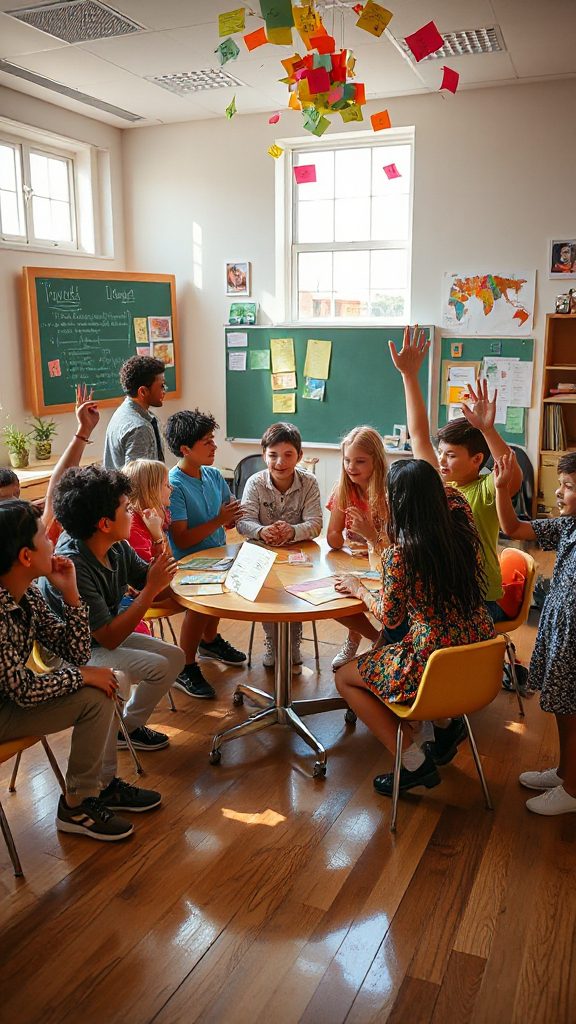
Host Language Competitions
Language competitions serve as an exciting and dynamic dish for multilingual minds, providing a platform for students to showcase their skills, celebrate diversity, and foster a spirit of friendly rivalry in language learning. By hosting various language competitions, students can engage with each other, enhance their proficiency, and deepen their appreciation for different cultures through fun and interactive challenges.
| Ingredients | Quantity |
|---|---|
| Competition themes | 3-5 themes |
| Participant groups | 3-5 groups |
| Language tasks | 1-3 tasks per group |
| Judges | 2-3 per competition |
| Prizes | 3-5 small awards |
| Event space | 1 venue |
| Promotion materials | As needed |
Cooking Instructions:
- Select Competition Themes: Choose 3-5 engaging language themes that will appeal to students and promote creativity.
- Form Participant Groups: Divide students into 3-5 groups to encourage teamwork and collaboration.
- Design Language Tasks: Create 1-3 language tasks for each group, including speaking, writing, or comprehension challenges.
- Recruit Judges: Bring in 2-3 judges to assess performances, ensuring they have a good understanding of the languages in use.
- Arrange Prizes: Prepare small awards or recognitions to celebrate participants’ efforts and motivate them to excel.
- Promote the Event: Use posters, announcements, and social media to generate excitement and encourage participation in the competition.
This recipe for hosting language competitions celebrates the vibrant spirit of multilingualism while fostering a supportive and interactive community among language learners.
Integrate Music and Poetry

Integrate Music and Poetry
This dish of integrating music and poetry is a delightful fusion that enriches language classes by enhancing engagement and creativity among multilingual minds. By combining the rhythm of music with the expressive nature of poetry, students can explore language on a deeper level, allowing them to connect emotionally and culturally. This fusion not only promotes language skills but also encourages students to express their thoughts and feelings, making learning a truly enjoyable experience.
| Ingredients | Quantity |
|---|---|
| Music pieces | 2-4 selections |
| Poetry excerpts | 3-5 selections |
| Student groups | 3-5 groups |
| Reflection prompts | 2-3 prompts |
| Presentation materials | As needed |
| Event space | 1 venue |
| Feedback forms | As needed |
Cooking Instructions:
- Select Music and Poetry: Choose 2-4 engaging music pieces and 3-5 poetry excerpts that resonate with the themes of the languages being studied.
- Form Student Groups: Divide students into 3-5 groups to encourage collaboration and diverse interpretations.
- Create Reflections: Develop 2-3 prompts to guide students in analyzing the themes, emotions, and cultural contexts of the music and poetry.
- Prepare Presentation Materials: Gather resources for students to present their interpretations in a creative format, such as visuals or performance.
- Organize the Event Space: Set up a comfortable and creative environment for students to showcase their works and share their insights.
- Collect Feedback: After the presentations, provide forms for peers and teachers to give constructive feedback, fostering a culture of growth and appreciation.
This recipe for integrating music and poetry into language classes ignites the passion for learning, building a vibrant community where multilingual minds can flourish.

